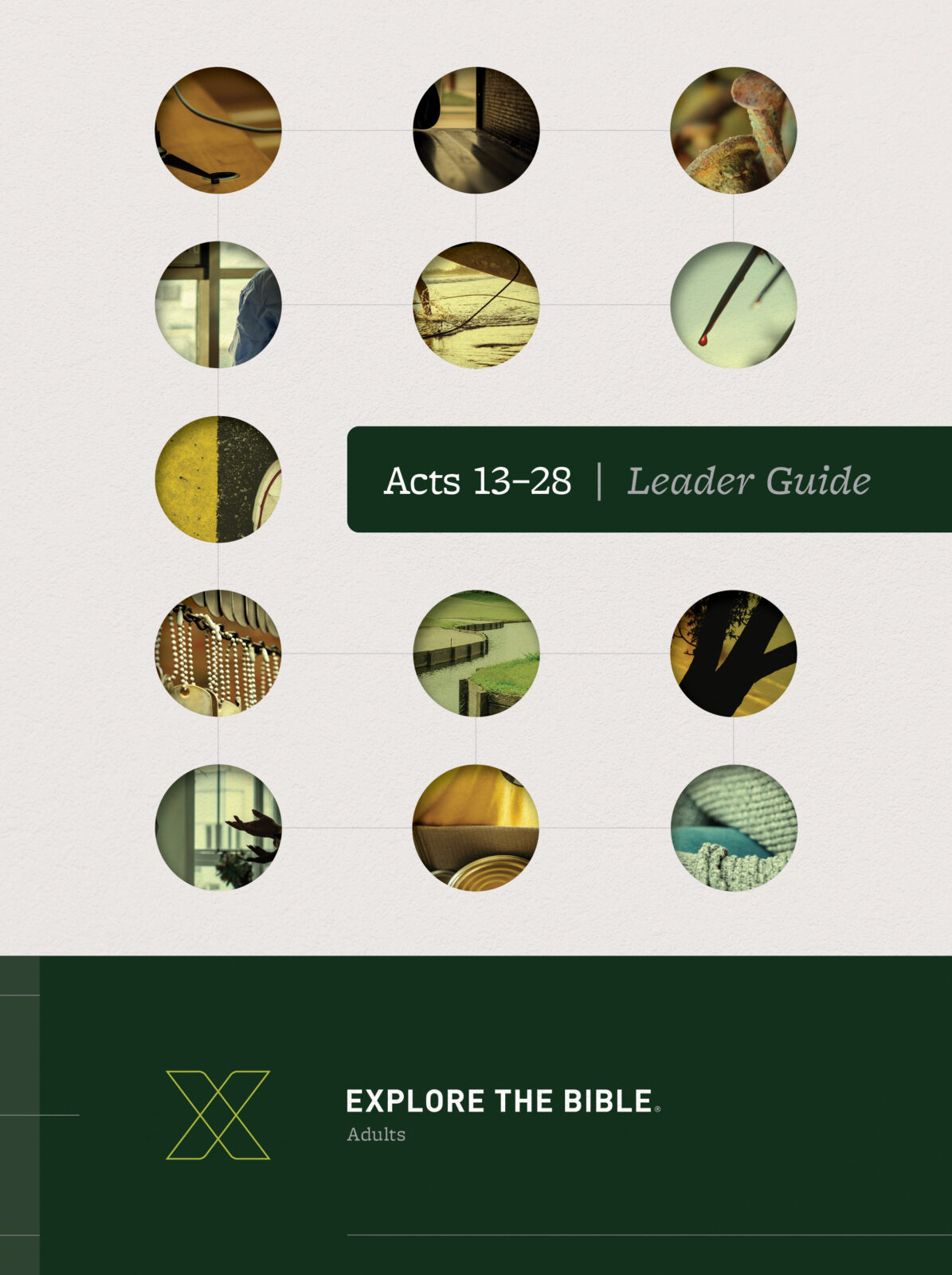A new study claims that the Romans built the siege wall and ramp at Masada in 11-16 days and the siege as a whole took not more than a few weeks. The Romans’ motivation was not ideological but economic: the holdouts were a threat to balsam production in En Gedi. The underlying journal article is available here.
Archaeologists working in Egypt have discovered the oldest astronomical observatory ever found.
“On the Italian island of Pantelleria, located between southwestern Sicily and the coast of Tunisia, a team of archaeologists . . . has discovered a ‘tesoretto’ of 27 Roman silver coins.”
An article by Kathleen Abraham explores how to recognize Hebrew names “in cuneiform garb, what they might reveal about their bearers, and some of the challenges involved in this process.”
Italy’s Via Appia (Appian Way) has been added to the UNESCO World Heritage List.
The Tel Dan Inscription will be on display in Oklahoma from September 22 to November 25.
Sotheby’s is auctioning a Hebrew Bible from AD 1312, and they have created a beautiful video about it (4 min).
The W. F. Albright Institute of Archaeological Research has opened applications for 2025-2026 fellowships and awards.
New release: The Neo-Assyrian Empire. A Handbook, by Simonetta Ponchia and Giovanni Battista Lanfranchi (De Gruyter, $182)
New release: Luxor Illustrated, Revised and Updated, with Aswan, Abu Simbel, and the Nile, by Michael Haag and Aidan Dodson (AUC Press, $25)
Mark Wilson has just finished a second updated edition of Biblical Turkey. Purchasers of previous editions can find the new material in a pdf on Mark’s academia page.
The latest episode of Biblical World podcast addresses a recent proposal about locating Sennacherib’s war camps in Judah.
HT: Agade, Arne Halbakken, Gordon Franz, Alexander Schick, Joseph Lauer











 English (US) ·
English (US) ·